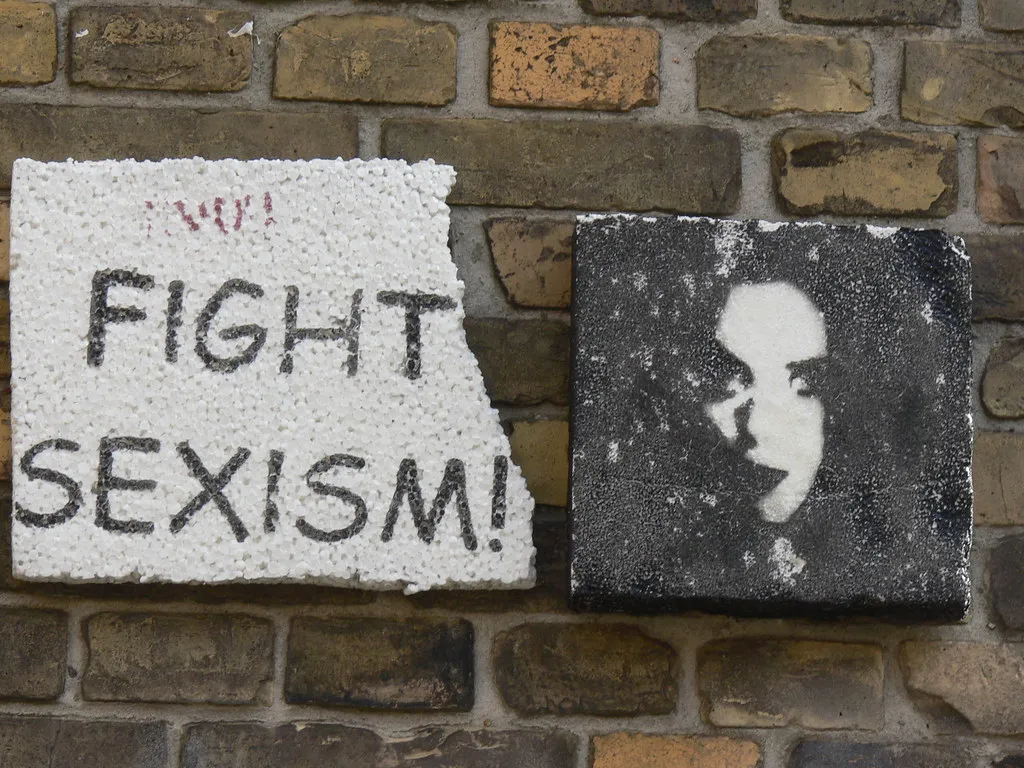Who would have thought that stories about a man seeking revenge for the death of his wife are sexist?
Some things never change. When Shrinking, Ted Lasso creator Bill Lawrence’s new comedy drama starring Jason Segel, launched on Apple TV+ in January, it was immediately apparent that the show was guilty of one of the most quietly toxic tropes in entertainment: from the off, Segel’s therapist character Jimmy was defined by the loss of his wife, beautiful in death and only ever available in flashback form. Tia is deprived of any agency: we know that her narrative purpose is solely to die, and her existence is only important insofar as it affects our brave male protagonist.
The temptation to give male characters female relatives or love interests who are either already dead or dying as a plot driver is seemingly irresistible for countless writers, the vast majority of whom are male. Once you are aware of this phenomenon, you realise how pervasive it is. I am currently reading a novel narrated by a man grieving over a woman we never meet before her death; while researching this feature, I saw the new Adam Driver film 65, in which Driver’s character crash-lands on Earth 65 million years ago. The reason he is in his spaceship in the first place is, lo and behold, because he has a terminally ill daughter who – spoiler alert – dies during the film.
Why do male writers in TV, film and literature continue to engage in this trope? What does it tell us about the gender dynamics in fiction? And is there any hope on the horizon that it may be consigned to the creative dustbin?
Izzie Austin is a film writer doing a PhD that examines revenge in teen movies at Swinburne University, Australia. Before refining their subject, for a while they were looking into revenge films more generally and have therefore had to sit through a great many works that are guilty of indulging this sexist phenomenon, commonly known as “fridging”. “There are so many films where they just introduce a wife in one scene and then kill her immediately,” they say, citing the infamous Death Wish franchise, in which Charles Bronson becomes a vigilante after his wife is murdered, as particularly egregious. “It’s insulting to the female characters because their only function is how they make other characters feel and then it’s insulting to the male characters because they don’t actually get to feel anything new.”
It was in 1999 that comic-book writer Gail Simone first gave a name to the trope, coining the term “Women in Refrigerators syndrome” to refer to a trend she noticed in superhero stories for female characters being killed off to provide motivation for the male protagonists. The turn of phrase was inspired by a 1994 Green Lantern story, in which the Green Lantern discovers that his girlfriend has been killed and stuffed into a fridge and, as Austin puts it, “Dead wife make man sad; man process sad by doing violence.”
If this trope has only been given a name in the last few decades, it has been conspicuous through the whole history of storytelling. “These are narratives that extend way way back,” says Dr Miriam Kent, lecturer in film and media at the University of Leeds and author of Women in Marvel Films. A fairy tale like Sleeping Beauty, which dates back to the 16th century, involves a comatose princess who must be rescued by a prince. These notions of female sublimation and male agency have always pervaded Western literature, and, in recent centuries, TV and film. In the 1970s, literature professor Joseph Campbell’s seminal book The Hero’s Journey set out the structure for a classic “quest narrative” which “generally involved a masculine hero and a princess”, says Kent, and his storytelling theory went on to inform films like Star Wars. “The idea is that these are structures that are so ingrained within Western cultures and Western societies that they’re almost unconscious,” she says.
I think the word the author is looking for is archetype. Stories where the protagonist seeks revenge for the death of a loved one are simply variations of the ‘Quest’ story archetype.
[…] What critics of the practice are not saying is that male characters shouldn’t be widowers. “The death of a loved one is a strong motivating factor for people,” says Devine. “Uncle Ben’s death in Spider Man. Obi Wan’s death in Star Wars. But these characters weren’t created only to die – they had important lessons to impart and tasks to fulfil before they did. They needed to exist as fundamental to the story, and their lives mattered far beyond their demise.”
Well for starters Obi Wan was playing the role of the ‘helper’ with regard to the quest story archetype. The death of a loved one at the start of a quest story, where the death motivates the protagonist, is a personification of ‘The call’ that forces the protagonist to leave home. That is the need for revenge is so strong that it can’t be ignored.
What these culture vandals fail to ask themselves is why these stories, and I’m going back hundreds of years, are so enduring? The reason is that they speak to the collective unconsciousness.
But here’s an example of a trope I call “The Bad Boy”. It’s basically the ‘rebirth’ story archetype (hero being redeemed by the heroine). Basically the heroine comes along and emotionally rescues the ‘hero’. Or, to put it another way: Man have hurty feelings. Man hide hurty feelings by taking on bad boy persona. Woman see through man and saves man.
The above is extremely common in the romance genre and is the main reason why the “Fifty Shades of Grey” series was so successful (it certainly wasn’t because of the writing).
Of course this particular trope is very misandristic. I think I’ll start a campaign to exorcise instances of such obvious misandry starting with every romance book I find.









